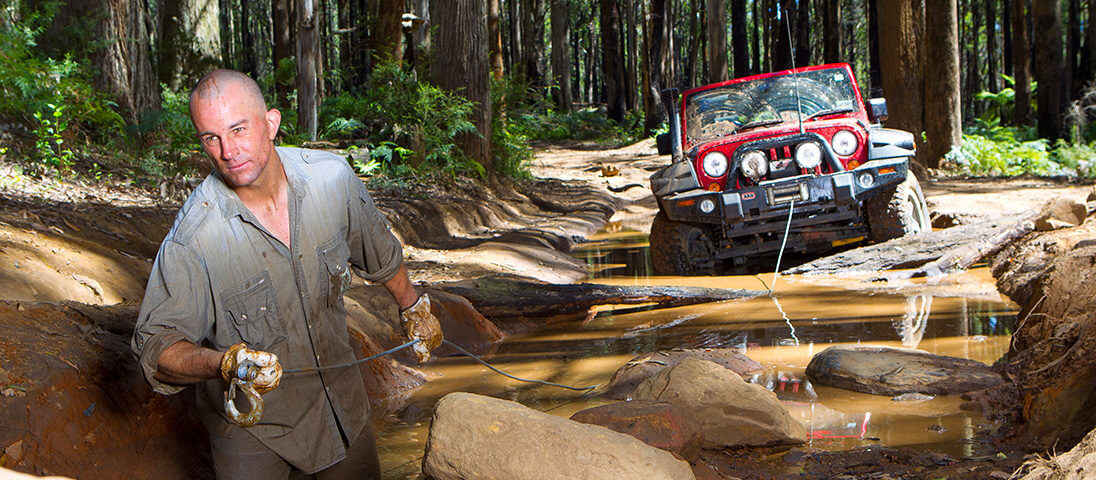Subscribe to ARB
Subscribe to ARB to receive your regular 4x4 CULTURE magazine, exclusive ARB promotional news and new product release information.
1st December, 2013

Dear ARB
Even though I have been off roading for some time, I am always looking to improve my skills and knowledge and love to learn about new products. Lately, in the bush I have noticed a trend toward the use of ‘blue’ synthetic rope in place of conventional steel wire rope on winches with some folks. There is an obvious weight advantage here but I am interested in the real pros and cons of synthetic rope vs the conventional approach. Also, I have been told that some winches are not compatible with synthetic rope. Why would this be so?
Best regards and keep up the good work.
Bruce
Thanks for your enquiry Bruce.
The ‘blue rope’ you refer to is as you suggest a synthetic rope that comes in many colors and specifications. The most common brand used in 4WD winching applications is known as Plasma and is purple in colour. Originally designed for the marine industry where there was a need for a light weight, high strength rope, Plasma was introduced to the 4WD industry and Emergency Services in the early 1990s due to features that were favourable over conventional steel wire ropes.
These include:
As with any new product, after a few years of use in the field it was found that there are some conditions and hazards that can be more harmful to synthetic ropes than to steel wire rope.
These include:
The heat produced by the internal brake assembly on many ‘low mount’ type winches is sufficient enough to cause the fibres in high tensile synthetic ropes to breakdown and fail prematurely. For this reason synthetic rope is not recommended for use on these winches. Winches with external brake assemblies such as the Warn ‘high mount’ series do not suffer from heat build up in the drum and therefore will readily accept synthetic rope.
A number of rope manufacturers have tried to overcome the problem of heat transfer from the drum to the rope. By using other types of synthetic rope on the first layer of the drum which have a higher resistance to heat, they then join this to a high strength rope that is better at resisting abrasion. Unfortunately, ropes of this type can often be more expensive than the winch itself.
Abrasion and shock loading are situations that winching ropes, whether they are synthetic or steel wire, are subjected to on a regular basis. However synthetic ropes are far less forgiving in these situations. Although synthetic rope has superior tensile strength to steel in the same diameter, shock loading and abrasive surfaces such as gravel and rock can cause the rope to degrade very quickly, causing it to fail.
When you compare the pros and cons you should also consider the amount of use your winch will receive. If you compete in 4WD events, the ability to handle the synthetic rope easily due to its weight and flexibility may give you the competitive edge. However if you use your winch only on the odd weekend, the higher cost of synthetic rope in comparison to steel wire may be an expense that is better spent on another accessory.
For more information and pricing on Plasma synthetic rope, drop into one of our stores. Many of our sales staff compete regularly in 4WD competitions and will be happy to give you any more information you may require.
Mark ‘Lowmount’ Lowry
(Manager – Product Development & Evaluation)
Subscribe to ARB to receive your regular 4x4 CULTURE magazine, exclusive ARB promotional news and new product release information.